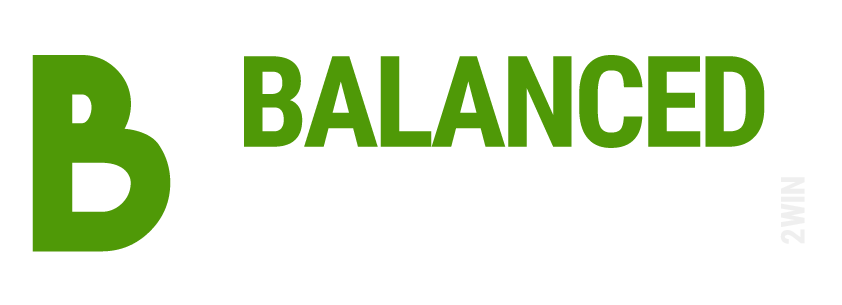
Training for Balanced Scorecard Success
Article Highlights
- Training leads to improved bottom-line results.
- Balanced Scorecard success is dependent upon training in the methodology.
- Sessions must be designed with the learning styles of your audience in mind.
- A well-developed Scorecard training curriculum will enhance buy-in, support, and use of the tool.
- Ensuring Scorecard Success with Training & Education
Well known Management guru Tom Peters is known for his “pull no punches” style and simple, practical advice. Here is his not so subtle message for organizations that don’t invest in regular employee training: Companies that don’t encourage employee education of all kinds are “dumb”! I told you he didn’t pull any punches. While “dumb” is a subjective evaluation, many researchers have objectively confirmed that training not only leads to a better educated and motivated workforce but can also produce dramatic improvements in bottom line results. Your Balanced Scorecard will benefit greatly from a well-planned, carefully constructed, and skillfully delivered training program. In this article I’ll share with you the essentials necessary to develop a training curriculum for Scorecard success.
My advice to clients embarking on a Balanced Scorecard implementation is always to “put the big rocks in first.” This means they must consider their objectives for using the Scorecard and other key ingredients necessary to ensure a successful outcome. The same advice applies to training for the Balanced Scorecard. Before you offer your “BSC 101” sessions, you must consider some foundational issues that will be critical to your ultimate success.
First, who is your target audience? Chances are you’ll ultimately offer several training sessions to a number of diverse audiences. Profiling these groups in advance will help you mold a program that’s appropriate for each group. Once you’ve determined your audience you’ll need to conduct a simple needs assessment to determine where gaps exist between current and desired levels of skill. Here is a short list of questions to consider regarding the needs of your BSC audience:
- What skills do participants possess regarding performance management and more specifically, developing performance measures in a BSC framework?
- What new skills are necessary for participants to be able to develop performance measures that are aligned with our strategy?
- Will any existing skills of participants need to be modified or enhanced for them to develop aligned performance measures?
Possessing a clear view of your audience and their needs you’re now ready to develop a Scorecard curriculum. Before we do that, however, remember that you’re working with adult learners. People learn in many different ways, some like to review printed material on a page while others respond best to visual cues. For some learners interacting through touch and feel is the way to enhance their experience. You should ensure that the training materials and sessions you develop will appeal to a wide variety of adult learning styles and preferences.
Begin your actual education efforts by preparing and distributing a comprehensive primer on the subjects of performance management and Balanced Scorecard. These topics are quite mature and a rich and abundant supply of literature is available. There are literally hundreds of articles and white papers to choose from so narrow your search by including any documents which specifically reference your industry or implementation focus (corporate wide versus business unit for example). A number of good quality books have been published on these subjects as well and you should consider purchasing at least one for yourself, your executive group, and your Scorecard implementation team.
For most organizations, the majority of training will take place during focused Balanced Scorecard workshops. Unless you have an in-house Scorecard expert parading about your hallways, I would strongly suggest using an outside facilitator or consultant. A good consultant will be able to spark group thinking and apply proven concepts to ensure you achieve your objectives. They also deliver that most critical of currencies – credibility – to your Scorecard implementation at this most important of junctures. Here are a number of items you should include on your workshop agenda:
- Background on the BSC concept, its history and evolution.
- BSC fundamentals: the 4 perspectives, Strategy Maps, lead and lag indicators, etc.
- Success stories of other organizations, particularly those within your industry.
- Using the BSC as a management system: cascading the BSC for goal alignment, linking the BSC to budgeting and compensation, and developing new reporting methods focusing on balanced performance data.
- A hands-on exercise: Nothing accelerates learning like a case study that forces participants to begin grappling with the concept and applying its core principles. Be sure and design a case study that will be relevant to your entire audience.
- Implementation details: your team, deliverables, and key milestones.
- Background on the BSC concept, its history and evolution.
- BSC fundamentals: the 4 perspectives, Strategy Maps, lead and lag indicators, etc.
- Success stories of other organizations, particularly those within your industry.
- Using the BSC as a management system: cascading the BSC for goal alignment, linking the BSC to budgeting and compensation, and developing new reporting methods focusing on balanced performance data.
- A hands-on exercise: Nothing accelerates learning like a case study that forces participants to begin grappling with the concept and applying its core principles. Be sure and design a case study that will be relevant to your entire audience.
- Implementation details: your team, deliverables, and key milestones.
Just as your Balanced Scorecard grows and evolves, so too should your training curriculum. The steps described above will help you get off to a solid start, but continuous training is a core ingredient of your Scorecard implementation that must never be neglected. Ensure you’ve added new “modules” that correspond to the maturing nature of your implementation. Courses on cascading the Scorecard, budget and compensation linkages, and of course technology (should you choose a software reporting solution) will all pay dividends in greater understanding and use of the system.
One final caveat. In their haste to build Scorecards many organizations will sacrifice the upfront effort of providing meaningful and detailed Scorecard training to those expected to use the system. Awareness sessions will be held during which the Scorecard is trumpeted as a measurement system featuring financial and non-financial measures, but little is offered regarding the many subtleties and complexities of the model. It’s often the deceptive simplicity of the Scorecard that makes people very susceptible to the false notion that in-depth training is not required. Feeling the Scorecard can be simply mastered, the organization will sponsor high-level training and then trust their employees’ business instincts to kick in and fuel the development of powerful new performance measures. The cost of this decision will manifest itself in poorly designed Scorecards, lack of use, and weak alignment within the organization. Take the necessary time at the beginning of the project to develop a comprehensive Scorecard curriculum. You’ll be glad you did.

